Drift fishing is a highly effective technique for catching a variety of fish species, particularly in rivers and streams. However, water clarity plays a crucial role in determining the success of this method. Clear, stained, or muddy water each require different approaches to lure presentation, bait selection, and drift speed. Understanding how to adapt to these conditions can significantly improve catch rates. Consequently, mastering water clarity adjustments is essential for any angler seeking consistent results. Furthermore, this guide will provide actionable insights to refine drift fishing strategies based on visibility conditions.
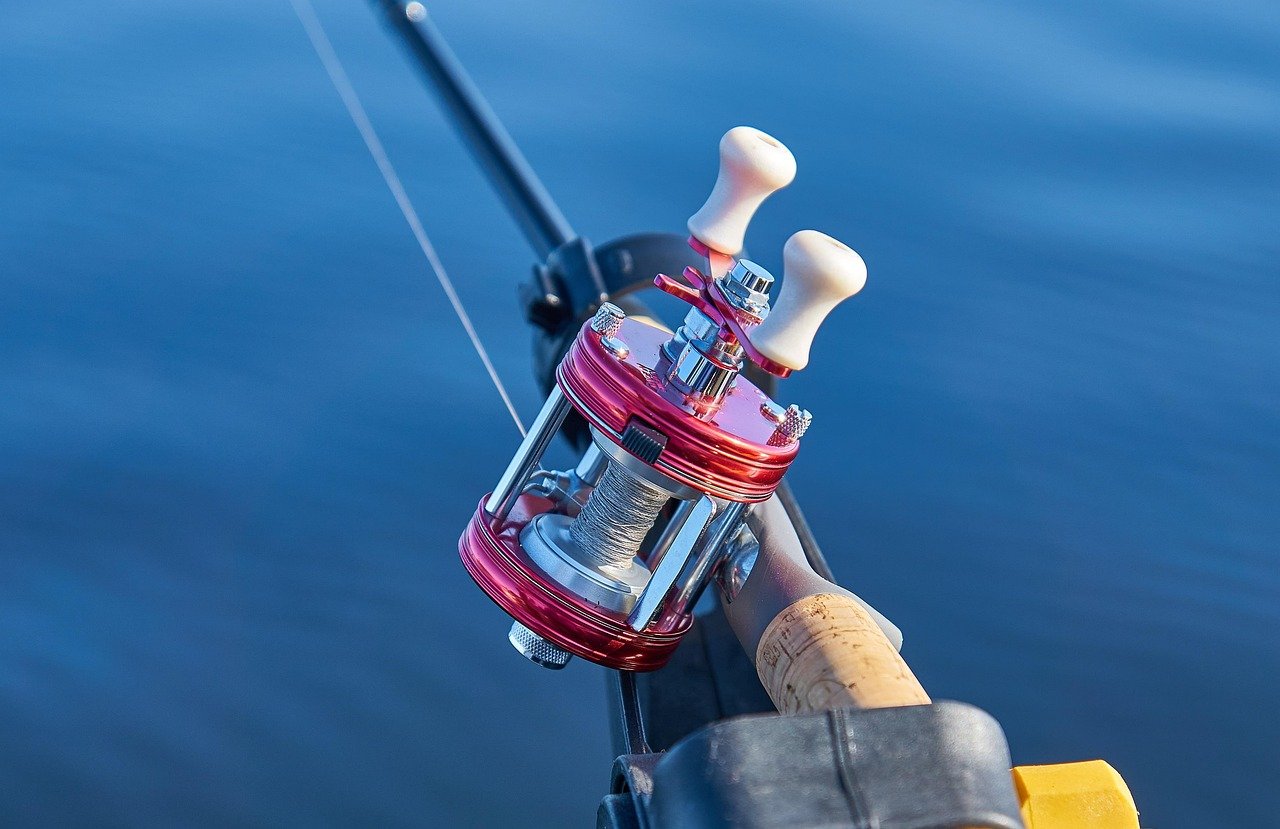
Table of Contents
- Understanding the Basics of Water Clarity
- Selecting the Right Lures for Clear Water
- Adapting Bait Choices for Stained Water
- Strategies for Fishing in Muddy Water
- Adjusting Drift Speed Based on Clarity
- The Role of Line and Leader Visibility
- Reading Water Conditions for Optimal Drift Paths
- Using Scent and Sound to Compensate for Poor Visibility
- Fine-Tuning Hook Sets Based on Visibility
- Seasonal Variations in Water Clarity and Drift Fishing
Understanding the Basics of Water Clarity
Water clarity refers to how transparent or opaque the water is, which directly affects fish behavior and feeding patterns. In clear water, fish rely heavily on sight, making them more cautious and selective. Conversely, in murky water, they depend more on vibration and scent to locate prey. Therefore, anglers must tailor their approach accordingly. Similarly, stained water—somewhere between clear and muddy—requires a balanced strategy incorporating both visual and sensory triggers. Recognizing these distinctions is the foundation for adjusting drift fishing techniques.
Selecting the Right Lures for Clear Water
When drift fishing in clear water, fish can easily scrutinize lures, so natural presentation is paramount. Subtle, lifelike lures in neutral colors such as greens, browns, and silvers work best. Moreover, downsizing tackle and using fluorocarbon leaders can reduce visibility and prevent spooking fish. Additionally, slower drifts are preferable since rapid movements appear unnatural in highly transparent conditions. Consequently, opting for finesse techniques with light jigs or soft plastics often yields better results than aggressive presentations.
Adapting Bait Choices for Stained Water
Stained water offers a middle ground where fish use both sight and other senses to feed. In these conditions, slightly larger and more vibrant lures can enhance visibility without overwhelming the fish. Bright colors like chartreuse, orange, and red stand out effectively. Furthermore, adding rattles or scent attractants can further increase strikes. Therefore, combining visual appeal with vibration and smell creates a more compelling presentation. Subsequently, anglers should experiment with spinnerbaits, crankbaits, or scented soft plastics to maximize effectiveness.
Strategies for Fishing in Muddy Water
Muddy water drastically reduces visibility, forcing fish to rely on vibrations and scent to locate prey. Consequently, bulky, noise-producing lures such as vibrating jigs, large spoons, or spinnerbaits with heavy blades are ideal. Dark-colored baits like black or purple create stronger silhouettes, making them easier to detect. Additionally, slowing down the drift allows fish more time to track the lure. Nevertheless, scent-enhanced baits can further compensate for poor visibility by triggering instinctual feeding responses.
Adjusting Drift Speed Based on Clarity
Drift speed must be modified depending on water clarity to match fish behavior. In clear water, a slower, more controlled drift prevents startling fish and allows careful inspection of the bait. However, in stained or muddy conditions, a slightly faster retrieve can help generate more vibrations and noise. Therefore, monitoring current speed and adjusting boat positioning accordingly ensures optimal lure presentation. Moreover, intermittent pauses during the drift can entice hesitant fish to strike.
The Role of Line and Leader Visibility
Line visibility becomes increasingly important as water clarity changes. In clear water, using fluorocarbon leaders reduces refraction and keeps the setup inconspicuous. Conversely, in murky water, line visibility matters less, allowing braided lines for better sensitivity. Nevertheless, leader length should still be adjusted—shorter in muddy water and longer in clear conditions. Consequently, selecting the right line setup enhances both lure action and strike detection.
Reading Water Conditions for Optimal Drift Paths
Identifying high-probability drift paths is critical regardless of water clarity. Fish often hold near structure, drop-offs, or current seams where food is funneled naturally. In clear water, precision casting to these areas is vital to avoid spooking fish. However, in murky water, covering larger sections with a broader drift pattern increases the chances of intercepting fish. Therefore, understanding how clarity affects fish positioning helps refine drift routes for better efficiency.
Using Scent and Sound to Compensate for Poor Visibility
When visibility is low, scent and sound become essential tools for attracting fish. Scented attractants mimic natural prey, increasing strike confidence even when fish cannot see clearly. Similarly, rattling lures or those with built-in vibration mechanisms create noise that draws attention. Consequently, integrating these elements into the drift fishing approach compensates for reduced visibility. Furthermore, reapplication of scent during prolonged drifts ensures consistent effectiveness.
Fine-Tuning Hook Sets Based on Visibility
Hook-setting techniques should vary with water clarity. In clear water, fish may inspect bait longer, requiring a delayed but firm hook set. Conversely, in muddy water, aggressive strikes are more common, necessitating an immediate response. Therefore, adjusting rod positioning and sensitivity enhances reaction times. Additionally, maintaining slight tension during the drift helps detect subtle bites that might otherwise go unnoticed.
Seasonal Variations in Water Clarity and Drift Fishing
Water clarity fluctuates seasonally due to rainfall, snowmelt, and algae blooms. Spring runoff often muddies rivers, while summer may bring clearer conditions. Consequently, drift fishing strategies must evolve throughout the year. Anglers who anticipate these changes and adjust their techniques accordingly maintain consistent success. Moreover, understanding regional clarity patterns enables better preparation before each trip.






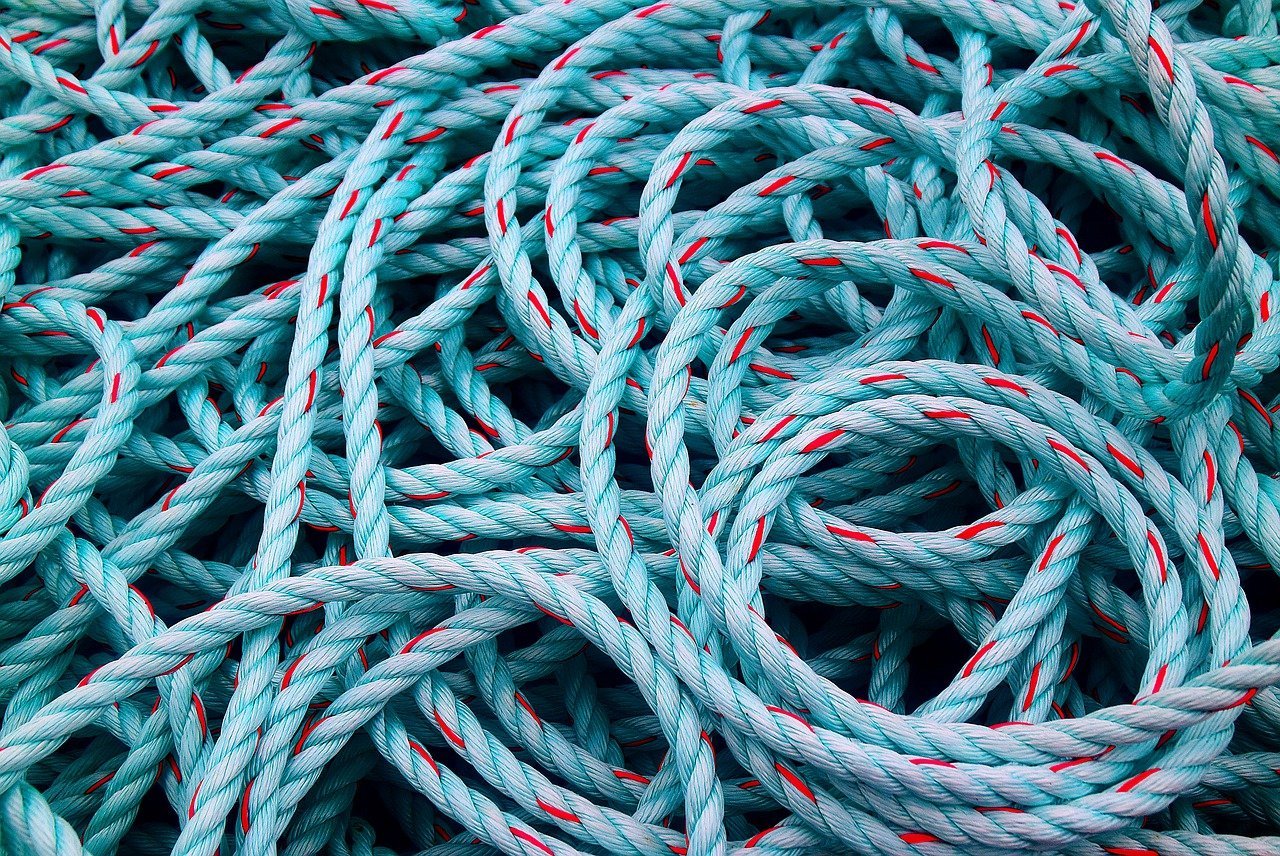
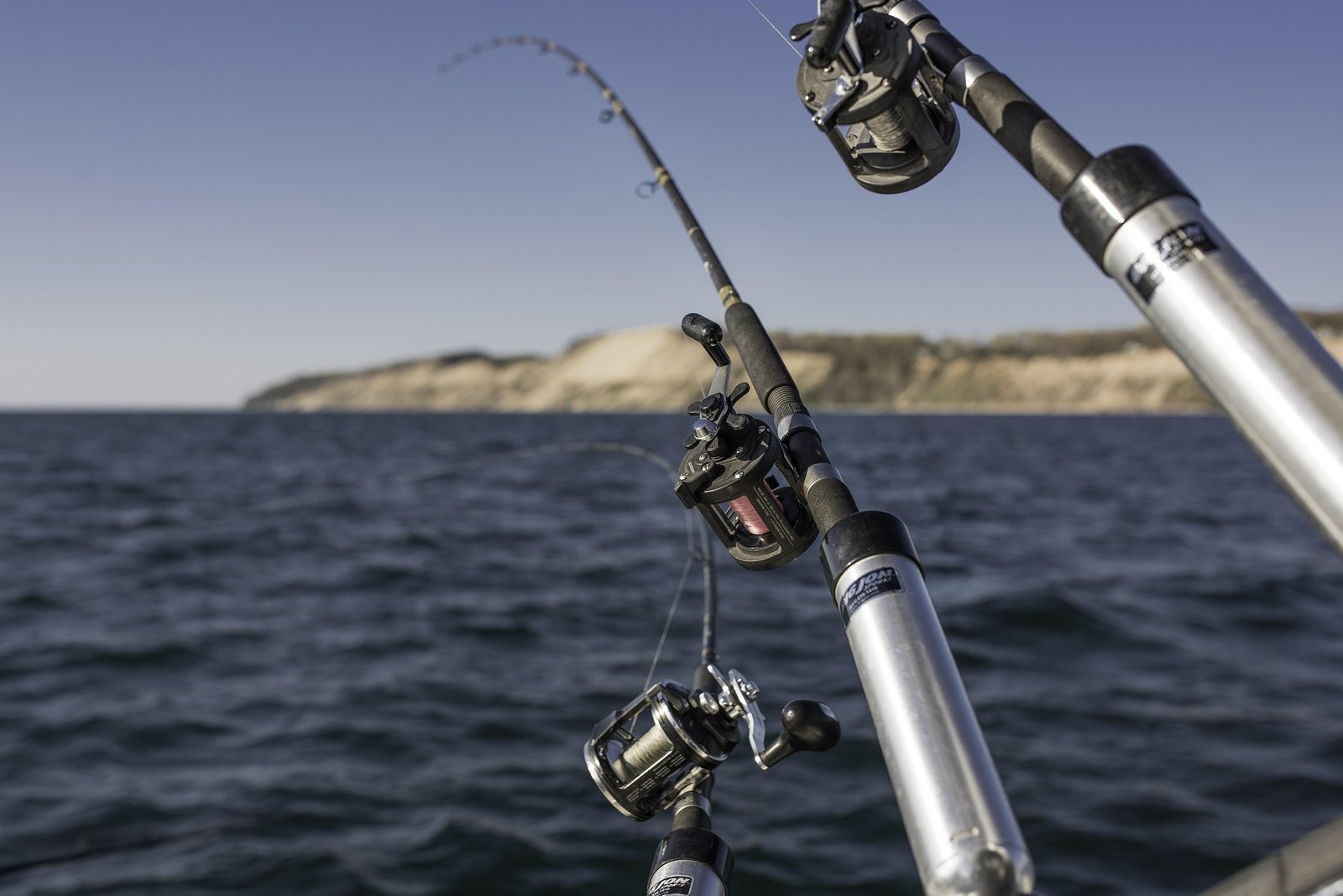
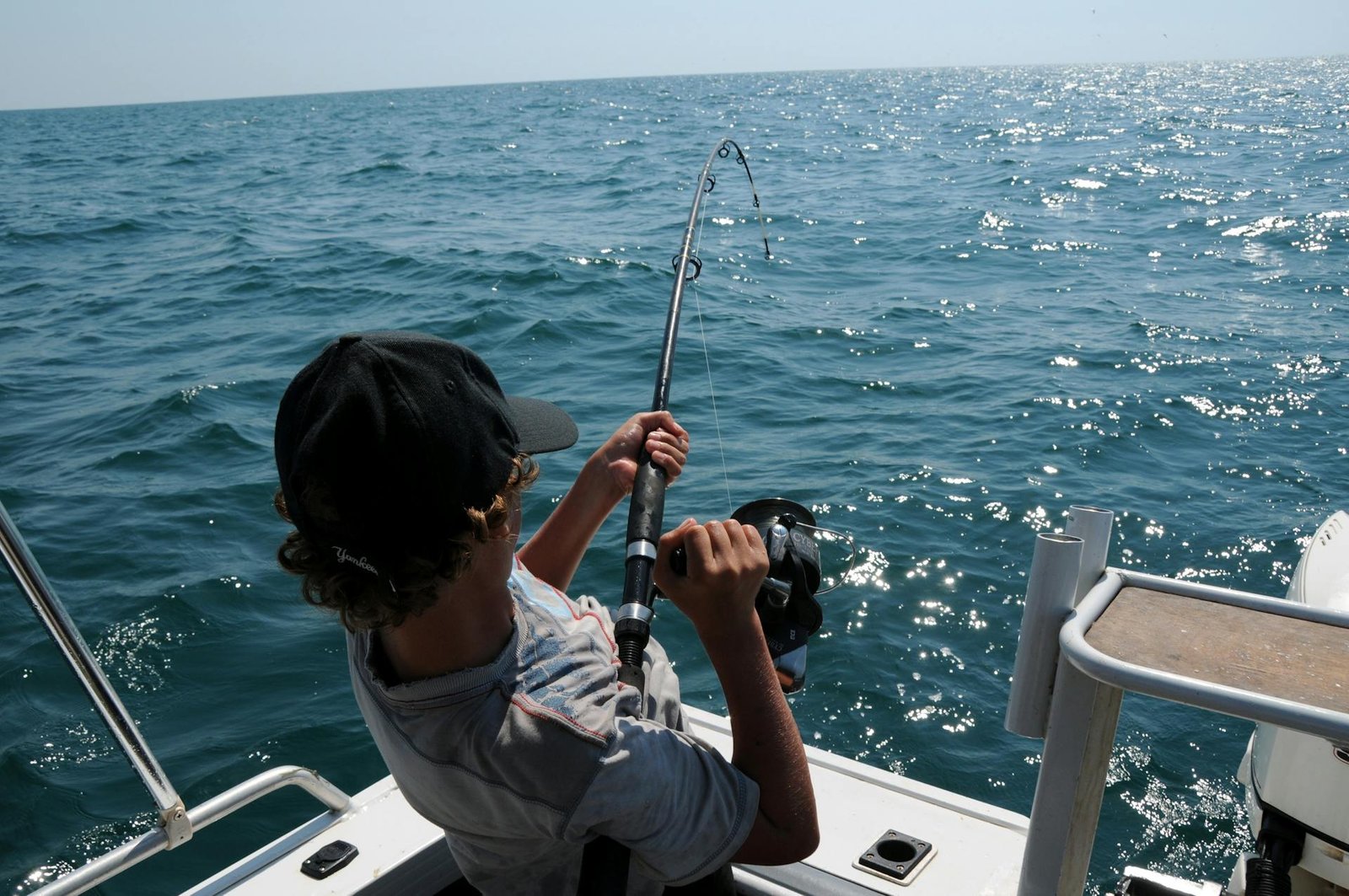


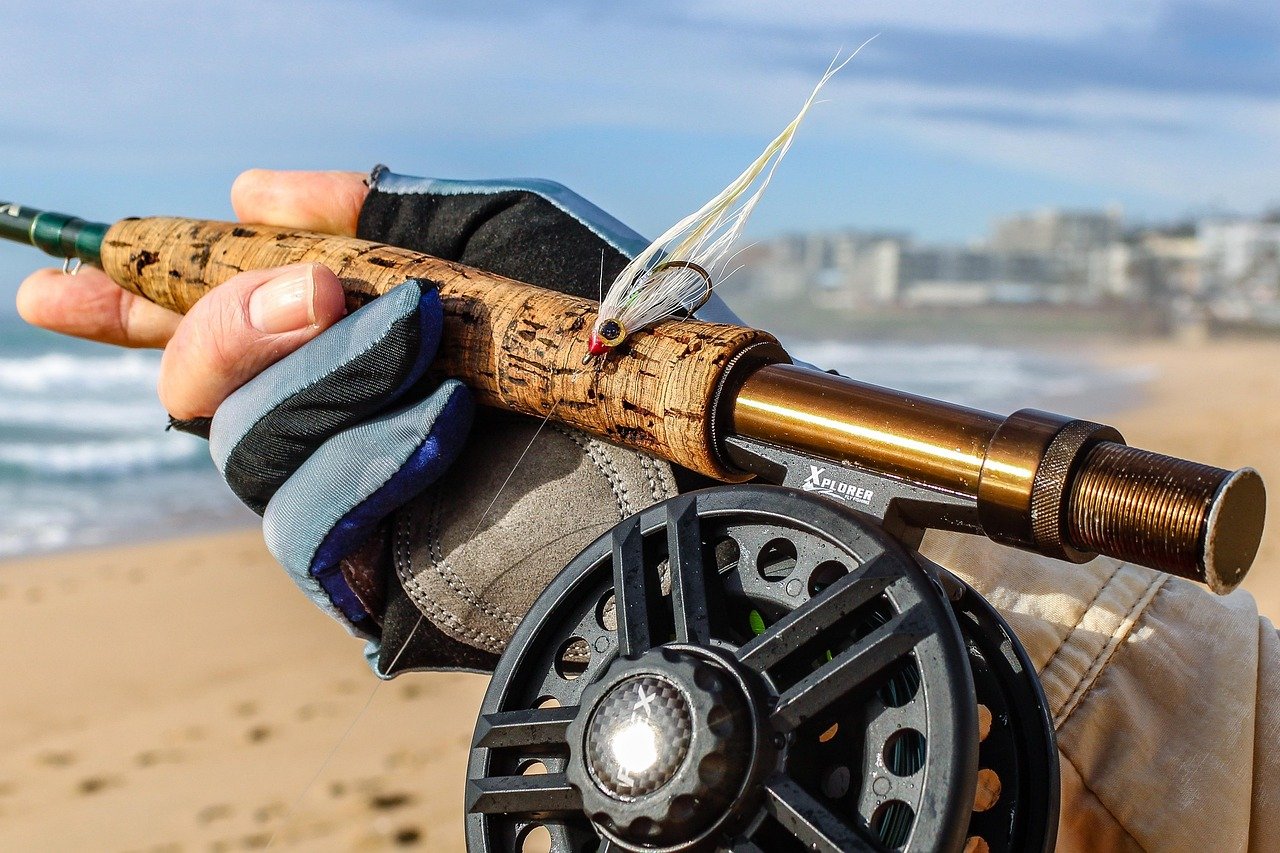

Leave a Reply